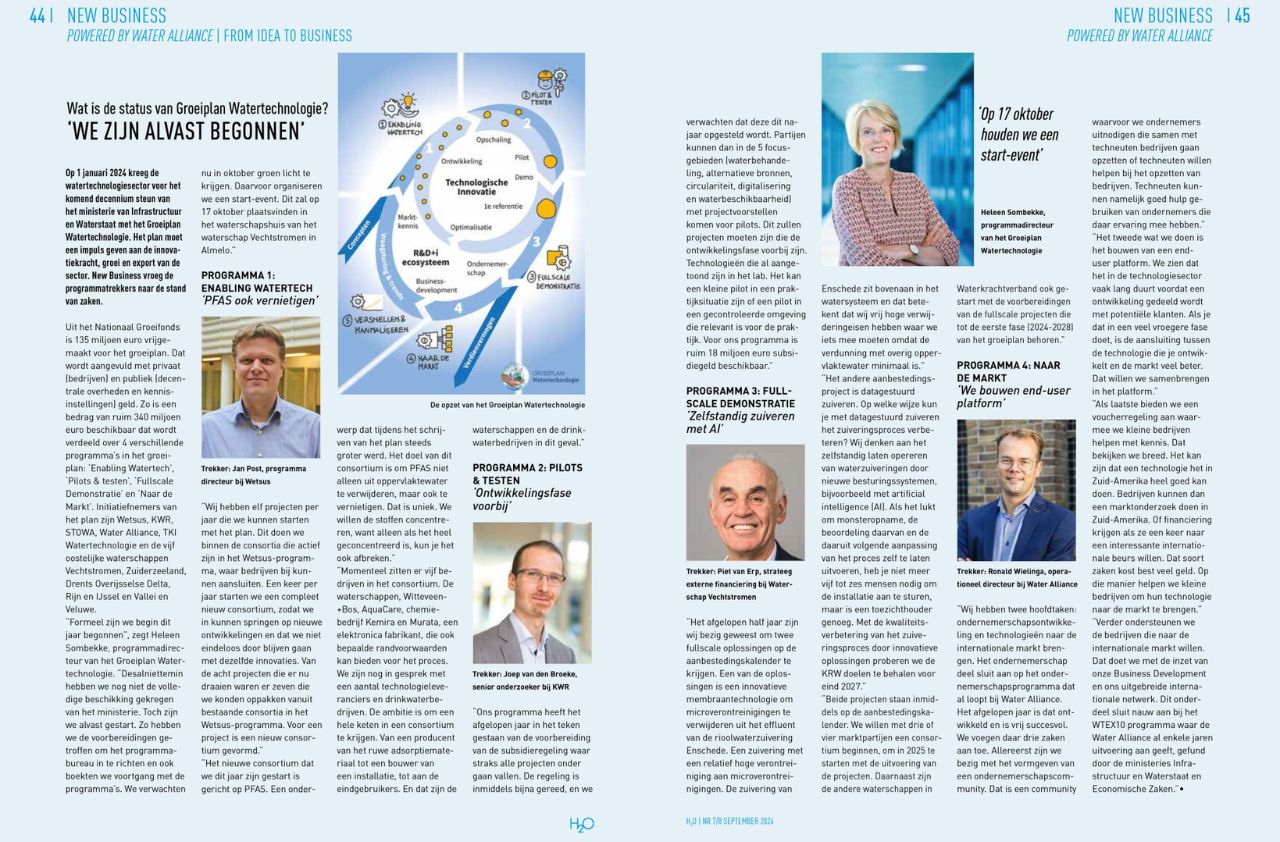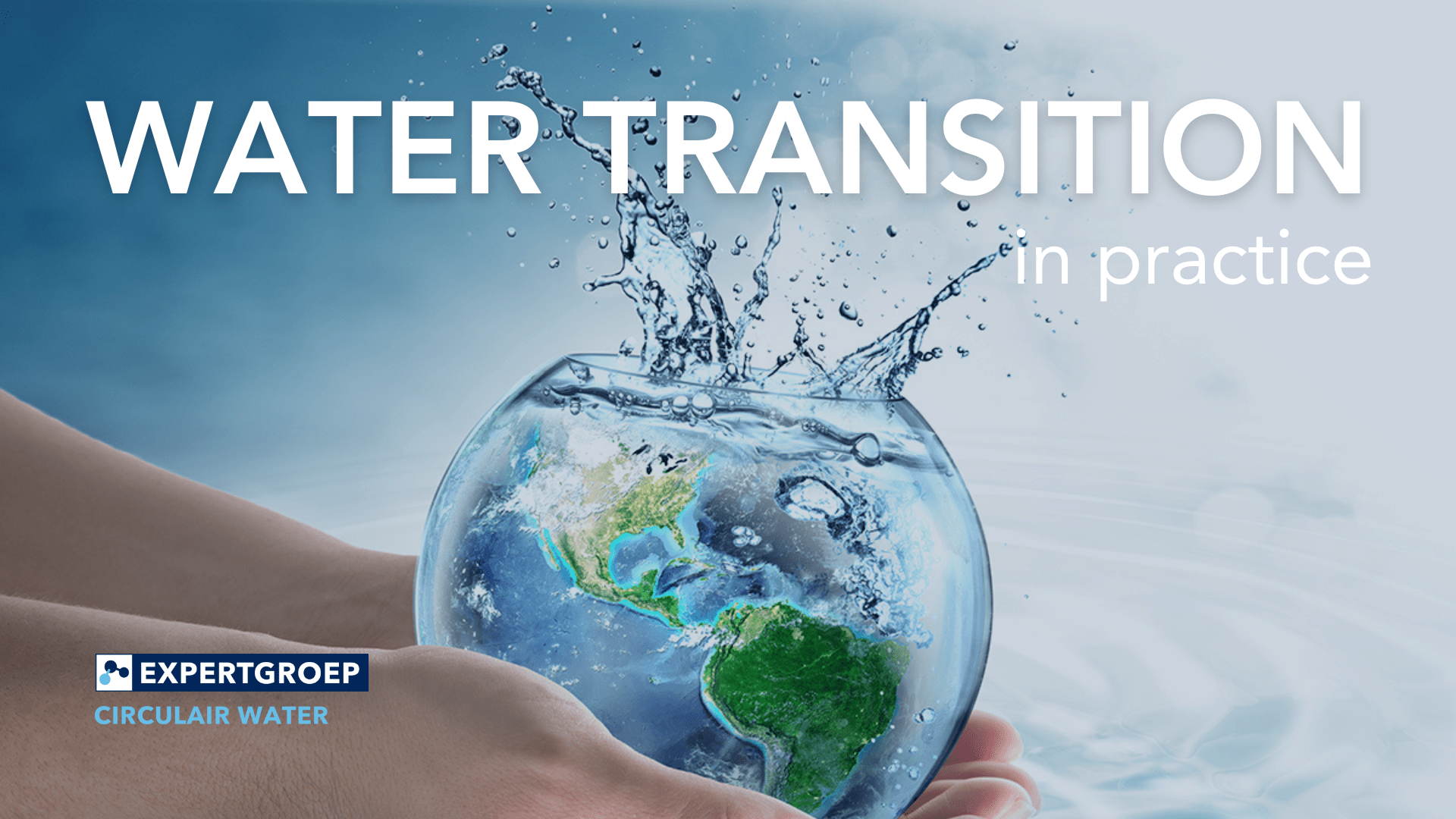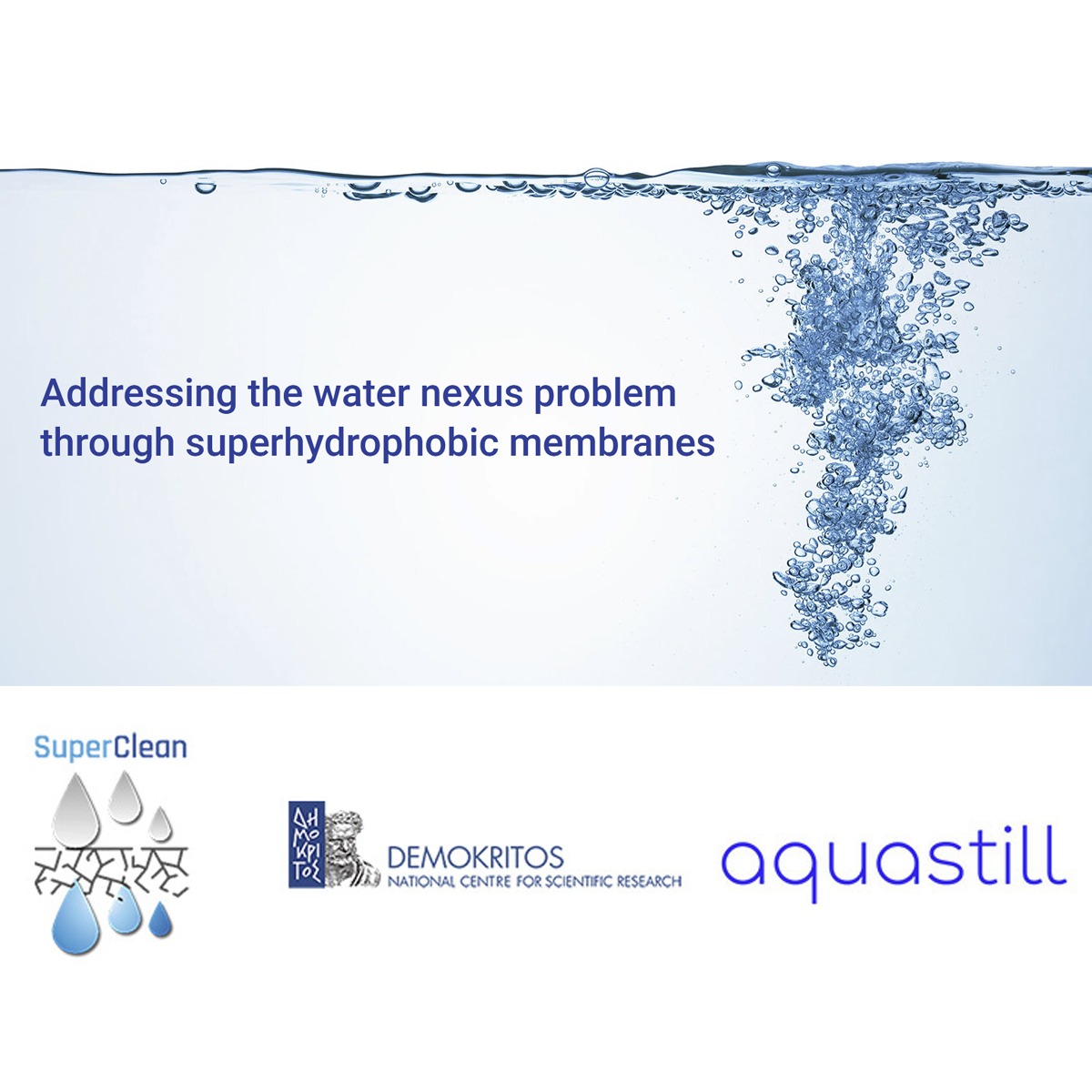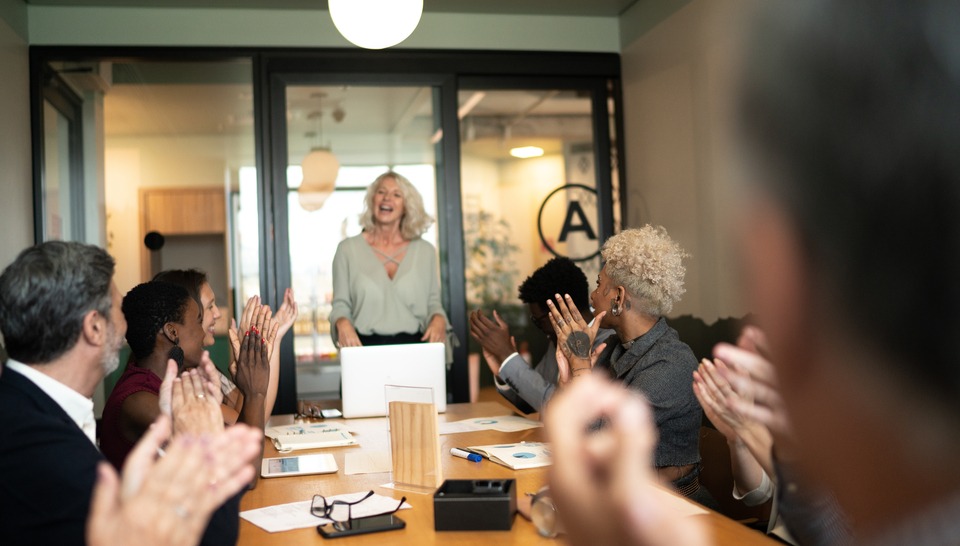On January 7th, the water technology sector received support for the coming decade from the Ministry of Infrastructure and Water Management with the growth plan for water technology. The plan aims to boost innovation, growth, and export within the sector. New Business asked the program leaders about the current status.
The National Growth Fund has allocated €135 million for the growth plan, supplemented by private (companies) and public (local governments and knowledge institutions) funding. This brings the total amount available to over €340 million, which is distributed across four different programs within the growth plan: ‘Enabling Watertech,’ ‘Pilots and Testing,’ ‘Full-scale Demonstration,’ and ‘To the Market.’ The initiators of the plan are Wetsus, KWR, Stowa, Water Alliance, TKI Water Technology, and the five eastern water authorities Vechtstromen, Zuiderzeeland, Drents Overijsselse Delta, Rijn and IJssel, and Vallei and Veluwe.
“Formally, we started this year,” says Heleen Sombekke, program director of the growth plan for water technology. “Nevertheless, we have not yet received the full allocation from the ministry. Still, we have already begun. For instance, we have made preparations to set up the program office and made progress with the programs. We now expect to get the green light in October. To mark this, we are organizing a kick-off event on October 17th at the water authority house of Vechtstromen in Almelo.”
Program 1: Enabling watertech
‘Destroying PFAS as well’
Program leader: Jan Post, program director at Wetsus
“We can start 11 projects per year under the plan. This is done within the consortia active in the Wetsus program, which companies can join. Once a year, we launch an entirely new consortium, allowing us to respond to new developments and avoid endlessly continuing the same innovations. Of the eight projects currently underway, seven were able to proceed within existing consortia in the Wetsus program. A new consortium was formed for one project.”
“The new consortium started this year focuses on PFAS, a topic that grew in importance during the plan’s development. The goal of this consortium is not only to remove PFAS from surface water but also to destroy it, which is unique. We aim to concentrate the substances because only when highly concentrated can they be broken down.”
“Currently, five companies are part of the consortium: the water authorities, Witteveen + Bos, AquaCare, chemical company Kemira, and electronics manufacturer Murata, which can also provide specific process requirements. We are still in talks with several technology suppliers and drinking water companies. The ambition is to bring the entire chain into the consortium, from a raw adsorption material producer to an installation builder and the end users, in this case, the water authorities and drinking water companies.”
Program 2: Pilots and testing
‘Development phase over’
Program leader: Joep van den Broeke, senior researcher at KWR
“This past year, our program focused on preparing the subsidy scheme that will cover all the projects. The scheme is almost ready, and we expect it to be established this fall. Parties can then submit project proposals for pilots in the five focus areas: water treatment, alternative sources, circularity, digitization, and water availability. These projects should be beyond the development phase; the technologies must already be proven in the lab. It could be a small pilot in a real-world setting or a pilot in a controlled environment relevant to practice. Our program has more than €18 million in subsidies available.”
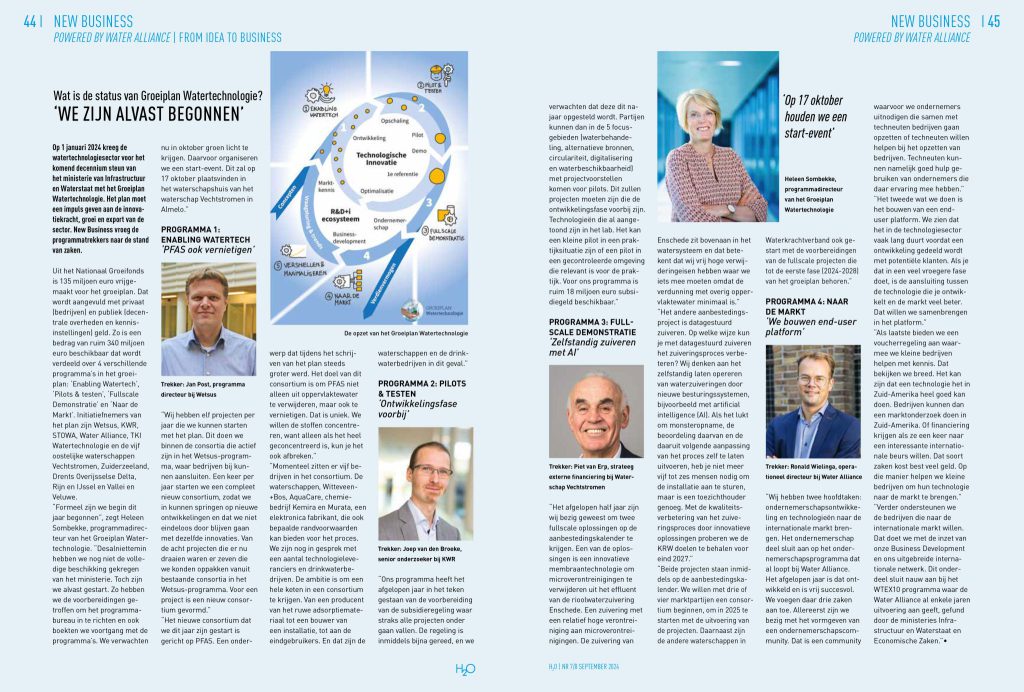
Program 3: Full-scale demonstration
Program leader: Piet van Erp, external funding strategist at Water Authority Vechtstromen
“In the past six months, we have worked on getting two full-scale solutions onto the procurement calendar. One solution is an innovative membrane technology to remove micropollutants from the effluent of the wastewater treatment plant in Enschede, a plant with relatively high levels of micropollutants. The treatment plant is at the top of the water system, meaning we face stringent removal requirements due to minimal dilution with other surface water.”
“The other procurement project involves data-driven purification. How can data-driven purification improve the purification process? We are considering letting water treatment plants operate independently through new control systems, possibly using artificial intelligence (AI). If we can automate sampling, analysis, and subsequent process adjustments, fewer staff members will be needed to operate the facility—potentially reducing the need from five to six people to just a supervisor. By improving the quality of the purification process with innovative solutions, we aim to meet the Water Framework Directive goals by the end of 2027.”
“Both projects are now on the procurement calendar. We aim to start a consortium with three or four market parties and begin project execution in 2025. Additionally, other water authorities in the Waterkracht collaboration have also started preparing the full-scale projects for the first phase (2024-2028) of the growth fund.”
Program 4: To the market
‘Building an end-user platform’
Program leader: Ronald Wielinga, operations director at Water Alliance
“We have two main tasks: entrepreneurship development and bringing technologies to market. The entrepreneurship aspect aligns with the existing entrepreneurship program at Water Alliance, which has been developed over the past year and is quite successful. We are adding three things to it. Firstly, we are shaping an entrepreneurship community, inviting entrepreneurs to collaborate with technicians to start companies or help technicians with setting up businesses. Technicians could greatly benefit from the experience of entrepreneurs.”
“The second initiative is building an end-user platform. In the technology sector, it often takes a long time to share developments with potential customers. If you do this much earlier, the alignment between the technology you develop and the market is much better. We want to bring this together on the platform.”
“Lastly, we offer a voucher scheme to help small companies with knowledge-related needs. This is viewed broadly. It could involve market research in South America if a technology shows promise there or funding to attend an international trade fair, which can be costly. This way, we help small companies bring their technology to market.”
“We also support companies aiming for the international market by leveraging our business development capabilities and extensive international network. This aligns closely with the WTEX10 program, which Water Alliance has been implementing for several years, funded by the Ministries of Infrastructure and Water Management and Economic Affairs.”
New Business is a column appearing four times a year in the H2O magazine, focusing on (Dutch) innovations in water technology. In addition to an introduction by Water Alliance director Hein Molenkamp, various companies are showcased.

